There are several versions of this composition which enjoyed great popularity among art lovers during the Golden Age. While some of them are painted on panel, most, like ours, are on copper. Our research inevitably leads us to the heart of the immense center of artistic production that was Antwerp in the 17th century, but it seems risky to us to put forward a convincing attribution as the elements of our painting belong to a universe shared by most Antwerp workshops. . It is hardly surprising that a scene like this was duplicated and reinvented by the city's leading workshops. Although specialists have not been able to determine the name of the inventor of this composition and no known version is signed, certain copies have been attributed to Cornelis de Baellieur (1607-1671) - to whom we would be tempted to link our version - and others to Ambrosius Francken the Younger (1581-1642). And certain figures can even suggest the involvement of Jan Brueghel the Younger... When northern painters approach biblical subjects, the scenes are often transposed into the settings that surround them. Thus, for our Nativity, the village of Bethlehem which we imagine surrounded by an arid desert becomes a snowy town in the southern Netherlands. By integrating the details of everyday life: peasants, agricultural workers, thatched-roof houses, open-air kitchens and winding streets, the Flemish painters force the viewer to be interested in each part of the composition and their meaning. The present Adoration shows the shepherds paying homage to the Messiah, brilliantly combining the biblical episode with the contemporary reality of winter at the heart of the Little Ice Age, all in an atmosphere of a village meeting like tavern scenes. Although we are in the presence of a representation of a major biblical theme, our artist organizes the meeting of three pictorial genres in the same work: the Nativity, the winter landscape and village jubilation.
Our Adoration is highlighted by a sober blackened wooden cassette frame.
Dimensions: 54 x 71 cm – 68 x 85 cm with the frame
Sold with invoice and certificate
Bibliography:
- BAUDOIN, Frans, From Bruegel to Rubens, the Antwerp school of painting 1550-1650, catalog of the Antwerp exhibition (Dec. 1992 – March 1993 ), Snoeck-Ducaju & Zoon, 1992
- THIERY, Yvonne, Flemish landscape painters in the 17th century, Lefebvre and Gillet, 1988.
- MICHEL, Emile and CHARLES, Victoria, The Brueghels, Parkstone International, 2019
- ORROCK, Amy, Bruegel: Defining a Dynasty, Taschen, 2017
- HARTING, Ursula, Frans Francken der Jüngere, Freren, Luca, 1989










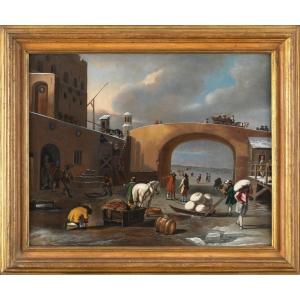

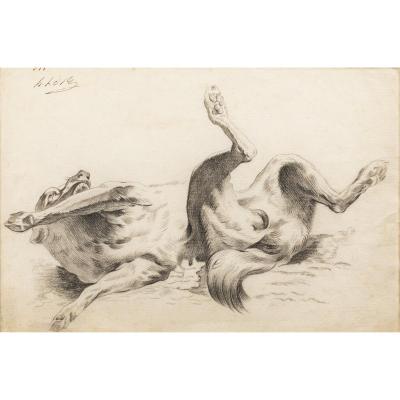


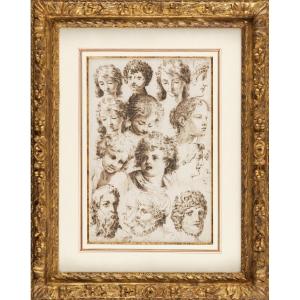
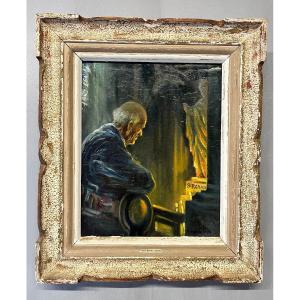


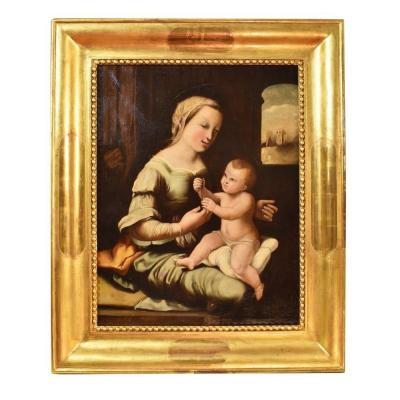






 Le Magazine de PROANTIC
Le Magazine de PROANTIC TRÉSORS Magazine
TRÉSORS Magazine Rivista Artiquariato
Rivista Artiquariato
